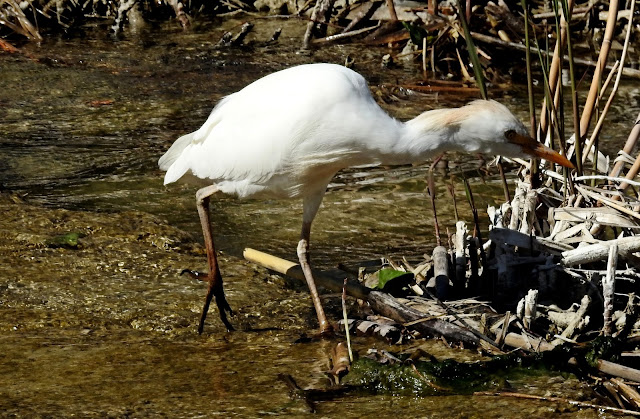The European greenfinch, or simply greenfinch, is a small passerine bird belonging to the finch family Fringillidae. Exhibiting a predominantly green plumage with yellow accents on the wings and tail, the male is a vibrant sight, while the female and juveniles are more subdued with brownish tones. This bird measures approximately 15 cm in length with a wingspan ranging from 24.5 to 27.5 cm, resembling the size and shape of a house sparrow.
To identify the European greenfinch, look for its thick and conical bill, a characteristic of seed-eating birds. The male's plumage is a striking green with yellow flashes on the wings and tail, whereas the female and young birds are more muted with brownish backs. The male's display flight is akin to a butterfly, a dance to charm its mate.
The greenfinch favors woodland edges, farmland hedges, and gardens with dense vegetation for breeding. It nests in trees or bushes within these habitats.
This bird has a broad range across Europe, North Africa, and Southwest Asia. It is mainly sedentary, but some populations in the northernmost regions migrate southwards in colder months. The species has also been introduced to Australia, New Zealand, Uruguay, and Argentina.
The greenfinch is known for its social nature, often seen in flocks outside the breeding season. It exhibits a breeding season from March to June, with fledglings emerging in early July. The species is capable of producing multiple broods annually.
The song of the greenfinch is a delightful mix of trills and twitters, interspersed with distinctive wheezes, contributing to the rich tapestry of sounds in its natural environment.
The female greenfinch constructs the nest and incubates the eggs, typically laying 4-6 eggs per clutch. Eggs are incubated for about 13-14 days, with chicks being fed an insect larva-rich diet initially, followed by a seed paste as they grow.
The greenfinch can be confused with other finches, but its unique green and yellow plumage, along with its size and bill shape, usually set it apart.
Greenfinches have a varied diet consisting of seeds, berries, fruits, buds, flowers, and some arthropods. They forage in trees, bushes, and on the ground, adapting to available food sources.
The IUCN lists the European greenfinch as Least Concern, indicating a stable population despite some regional declines due to disease outbreaks.
%2018.jpg)
%2020.jpg)
%2021.jpg)


%2020.jpg)

%2020.jpg)
%2021.jpg)


%20(Carduelis%20carduelis)%2020.jpg)
%2010.jpg)
%20(Sylvia%20melanocephala)%2020.jpg)


%2029.jpg)
%2030.jpg)


%20(Serinus%20serinus)%2020.jpg)
%20(Serinus%20serinus)%2021.jpg)
%20(Serinus%20serinus)%2022.jpg)


%20(Passer%20montanus)%2020.jpg)


%2020.jpg)
%2021.jpg)
%20(Monticola%20solitarius)%2020.jpg)








%20(Saxicola%20rubicola)%2020.jpg)
%20(Saxicola%20rubicola)%2021.jpg)
%20(Saxicola%20rubicola)%2022.jpg)
%2020.jpg)